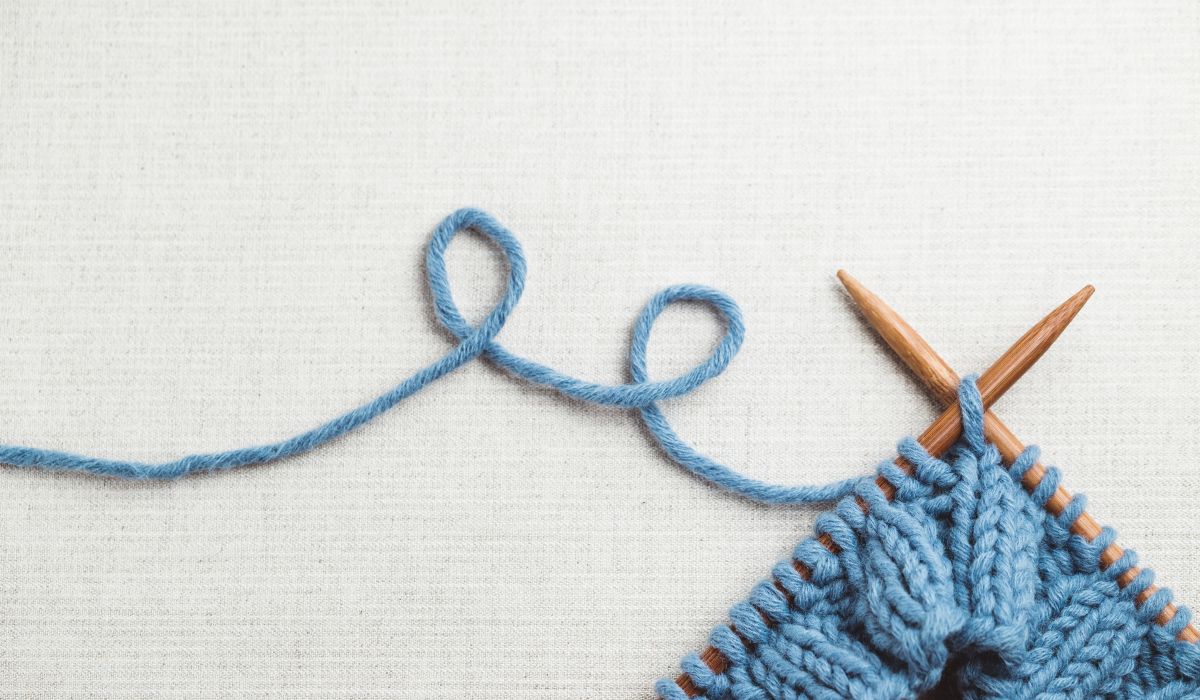
Knitting Needles & Sizes: Your Essential Guide with Handy Chart
Choosing the right knitting needle size can make or break your knitting project. Knitting needle sizes affect your gauge, the overall look of your stitches, and ultimately, the fit and drape of your finished garment. Whether you're new to knitting or an experienced crafter, understanding knitting needle sizes and their compatibility with yarn weights is crucial. Let's dive in!

Understanding Knitting Needle Sizes
Knitting needles come in various sizes, typically marked in US or millimeters (mm). It can sometimes get confusing, especially when the knitting patterns reference sizes in a unit you aren’t familiar with. Below is a handy conversion chart to help clear things up:
| US Size | Metric (mm) |
|---|---|
| 0 | 2.0 mm |
| 1 | 2.25 mm |
| 2 | 2.75 mm |
| 3 | 3.25 mm |
| 4 | 3.5 mm |
| 5 | 3.75 mm |
| 6 | 4.0 mm |
| 7 | 4.5 mm |
| 8 | 5.0 mm |
| 9 | 5.5 mm |
| 10 | 6.0 mm |
| 10.5 | 6.5 mm |
| 11 | 8.0 mm |
| 13 | 9.0 mm |
| 15 | 10.0 mm |
| 17 | 12.0 mm |
| 19 | 15.0 mm |
| 35 | 19.0 mm |
| 50 | 25.0 mm |
With this chart, you’ll easily convert knitting needle sizes, no matter how your knitting pattern references them!
Matching Yarn Weight to Knitting Needle Sizes
Matching knitting yarn weight with the right knitting needle size ensures a beautiful fabric that’s neither too dense nor too loose. Here's a simple guide to common yarn weights and their recommended needle sizes:
-
Lace (Superfine): US 000-1 (1.5-2.25 mm)
-
Fingering (Super Fine): US 1-3 (2.25-3.25 mm)
-
Sport (Fine): US 3-5 (3.25-3.75 mm)
-
DK (Light): US 5-7 (3.75-4.5 mm)
-
Worsted (Medium): US 7-9 (4.5-5.5 mm)
-
Aran (Heavy Worsted): US 9-10 (5.5-6.0 mm)
-
Bulky (Chunky): US 10-11 (6.0-8.0 mm)
-
Super Bulky (Super Chunky): US 11-17 (8.0-12.0 mm)
-
Jumbo: US 17+ (12.0 mm and above)
These recommendations help guide you, but remember that they're starting points. Knitting yarn textures, your knitting style, and the desired fabric can lead to adjustments.
Why Knitting Gauge Matters in Every Knitting Project
Knitting gauge, simply put, is the number of stitches and rows per inch (or centimeter) in your knitting. It determines the size and fit of your finished project. Patterns always specify a gauge, and achieving this gauge is crucial to ensure your finished knitting project fits as intended.
Adjusting Knitting Needle Sizes for Gauge Swatches
Creating a gauge swatch might seem tedious, but it's a vital step to a successful knitting project. If your swatch doesn't match the specified gauge, adjusting your knitting needle size will help you get there:
-
Too many stitches per inch? Your gauge is too tight; try going up a needle size.
-
Too few stitches per inch? Your gauge is too loose; consider going down a needle size.
Start by knitting a swatch with the recommended needle size from your knitting pattern. Measure carefully. If adjustments are needed, re-knit another swatch with a different needle size until you achieve the right gauge. It may take a few tries, but the perfect fit of your finished item will make it worth the effort.
Pro Tips for Accurate Gauge Swatching
-
Use the same yarn and needles you'll use for your project. Different materials affect tension differently.
-
Knit a larger swatch. Aim for at least 6 inches square, giving you a more accurate gauge measurement.
-
Wash and block your swatch. Yarn can change dimensions slightly when washed or steamed.
-
Be consistent in your knitting style. Relaxed or tense knitting affects gauge significantly.
Need More Help with Gauge Swatching?
If you're new to swatching or just want a refresher, check out our in-depth article: Guide to Knitting a Gauge Swatch. It walks you through the swatching process step by step—from measuring accurately to adjusting your knitting needles for the perfect fit. It's a great resource for making sure your next knitting project turns out just right!

Final Thoughts: Mastering Knitting Needles and Knitting Gauge for Better Results
Understanding knitting needle sizes, pairing them correctly with yarn weights, and achieving the right gauge ensures that your knitting projects come out beautifully every time. Keep this guide and chart handy as you explore new projects, and you'll build confidence in your knitting journey, creating garments and accessories that fit perfectly and look amazing!
If you’re still feeling unsure about where to start or how to apply all this information to your next knitting project, you’re not alone. We’ve gathered answers to some of the most frequently asked questions about knitting needles, needle sizes, and knitting gauge to help you feel more confident and informed as you cast on.
FAQ: Knitting Needles & Gauge
Q: How do I choose the right knitting needle size for my project?
A: Start with the size suggested in your knitting pattern, then knit a gauge swatch. Adjust your knitting needle size until your gauge matches the pattern.
Q: Can I use different needles than what a pattern recommends?
A: Yes—but only after doing gauge swatching to confirm the final measurements won’t be affected.
Q: Why is knitting gauge important?
A: Knitting gauge affects the size, shape, and drape of your finished item. Without proper gauge, your project may not fit as intended.
Have more questions about needle sizes or gauge? Drop them in the comments — we’re happy to help!

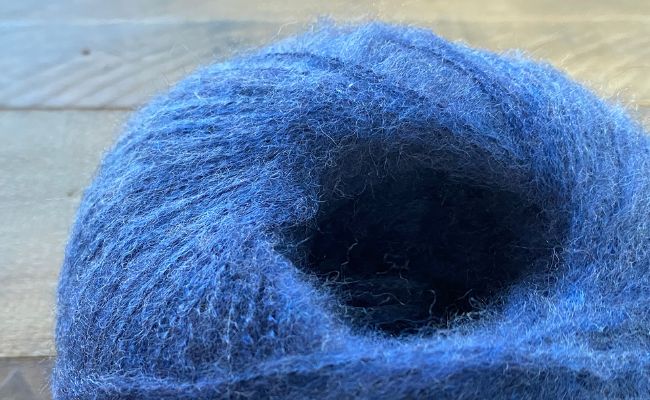
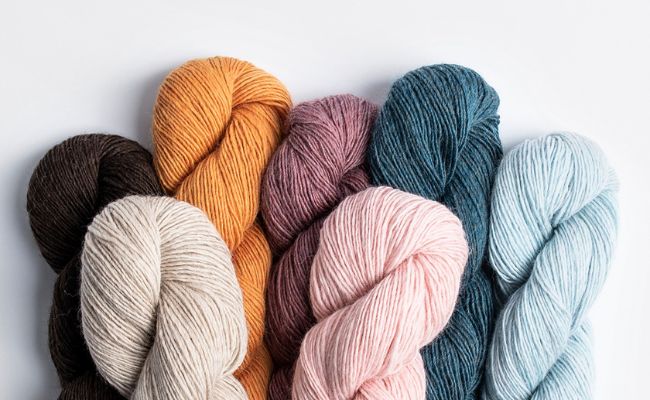
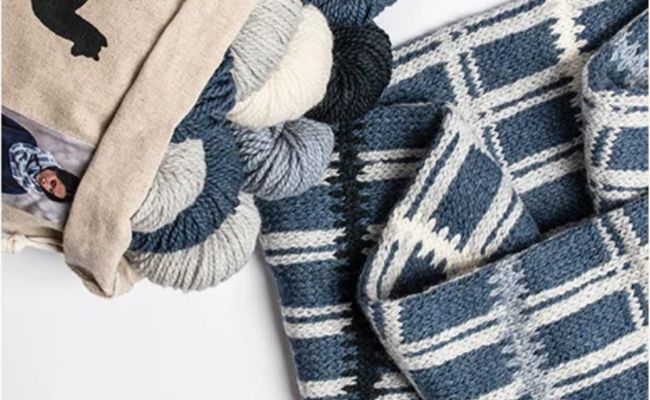
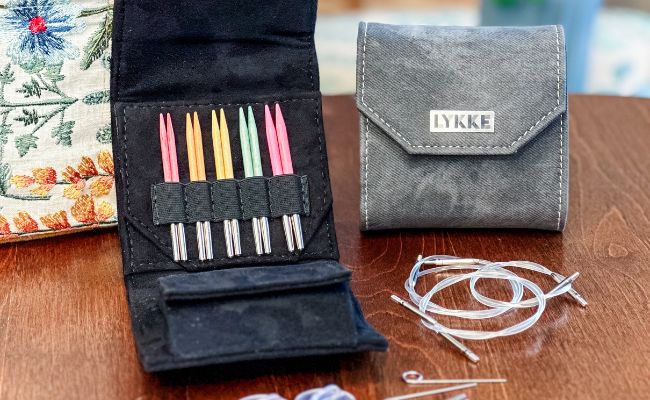
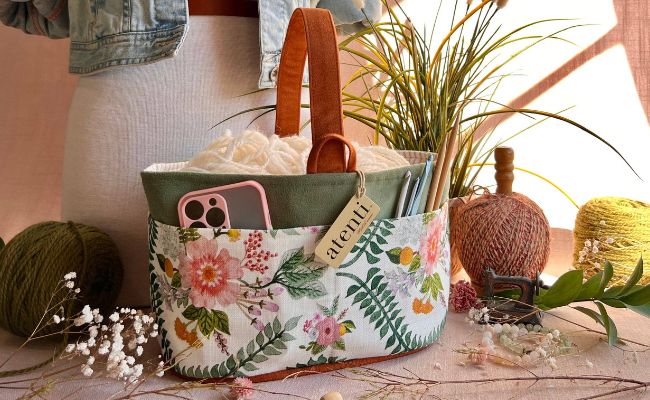
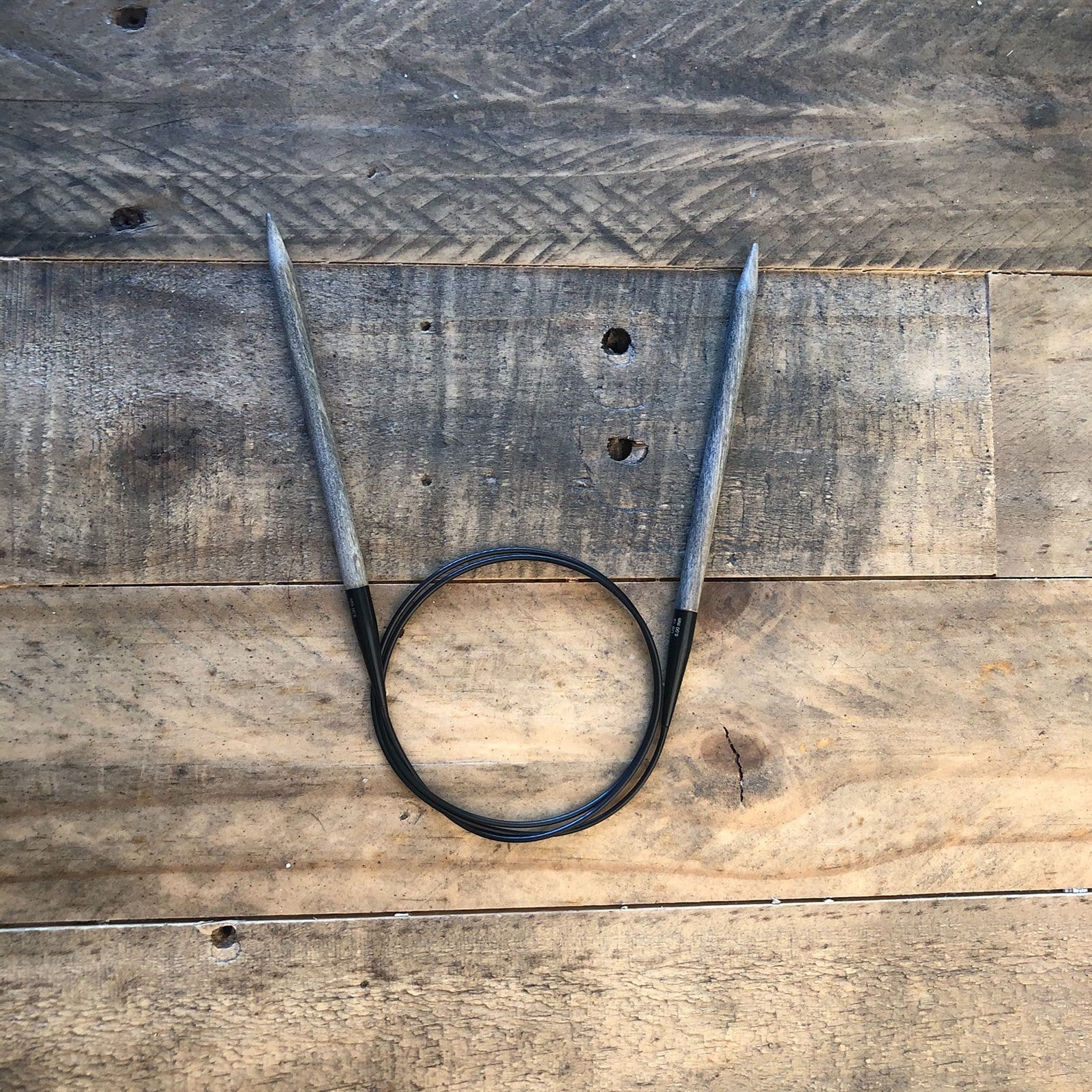
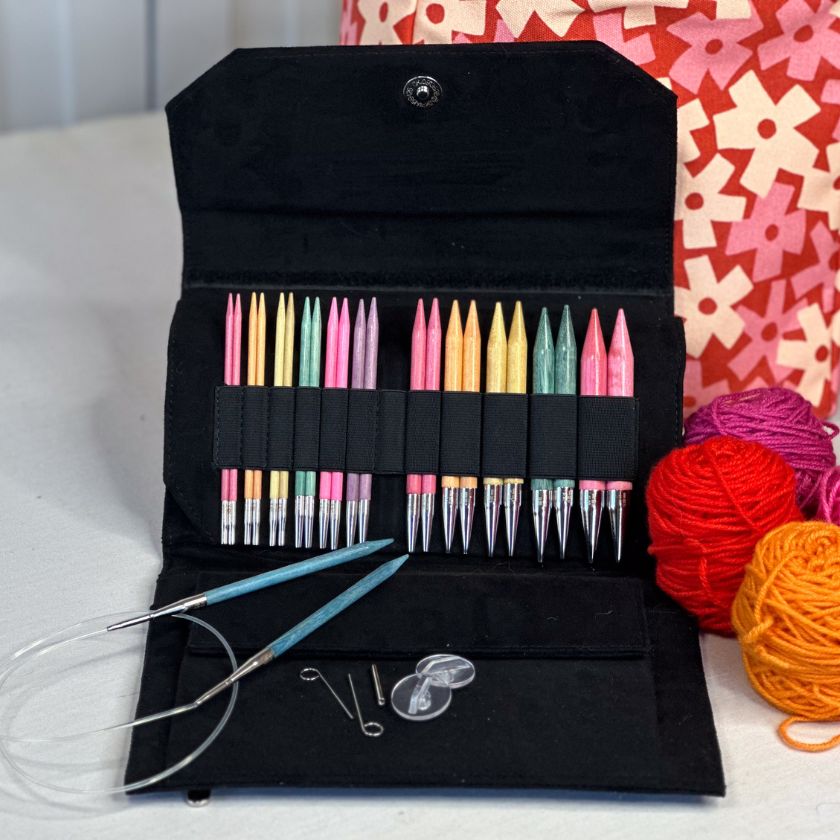
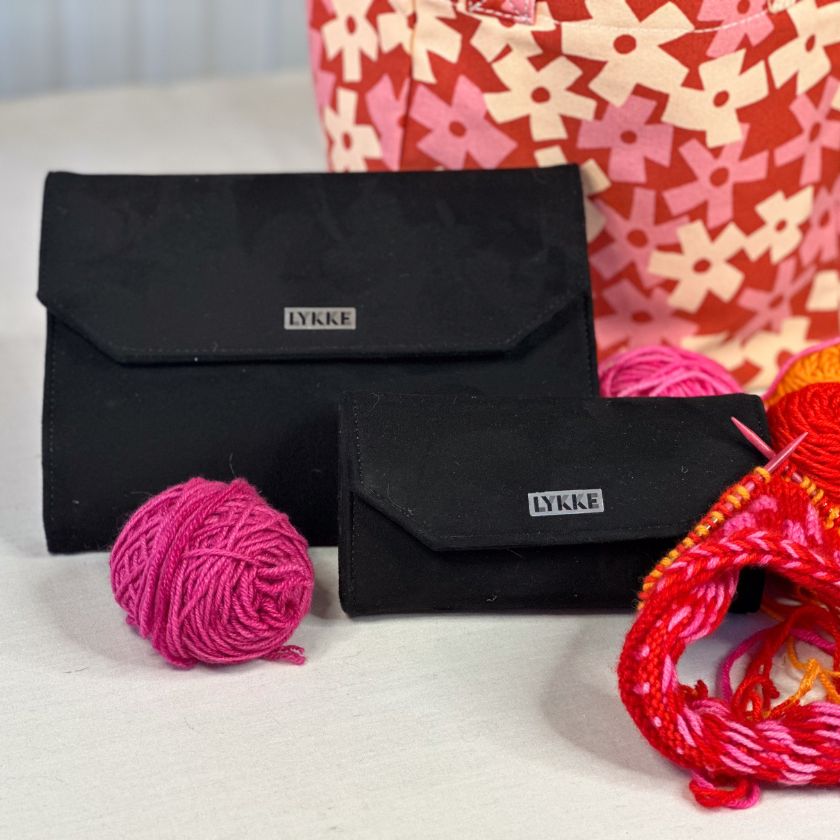
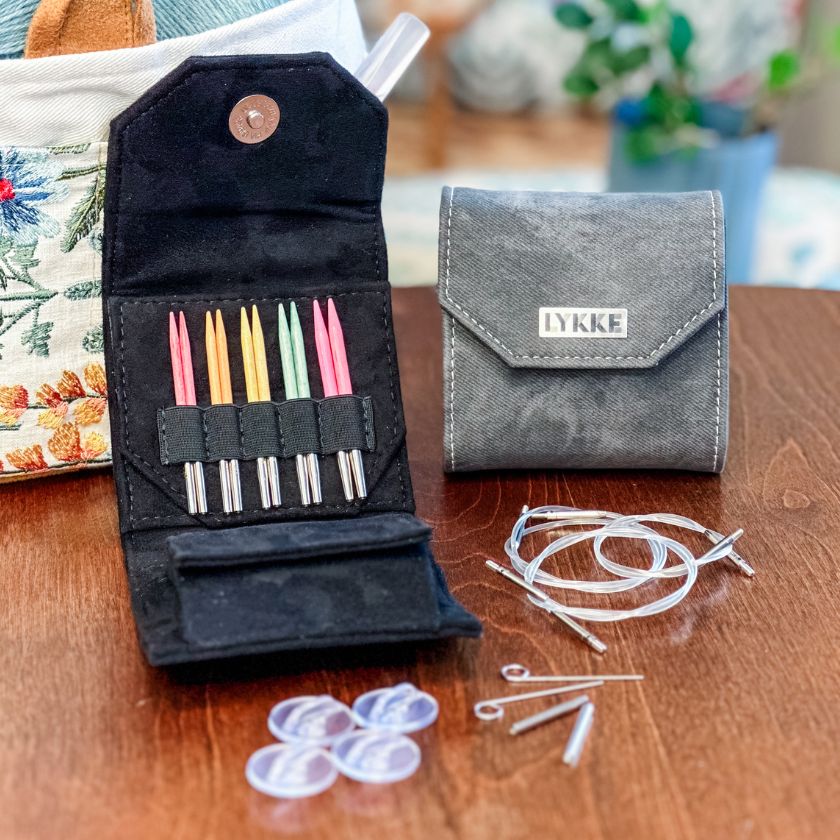
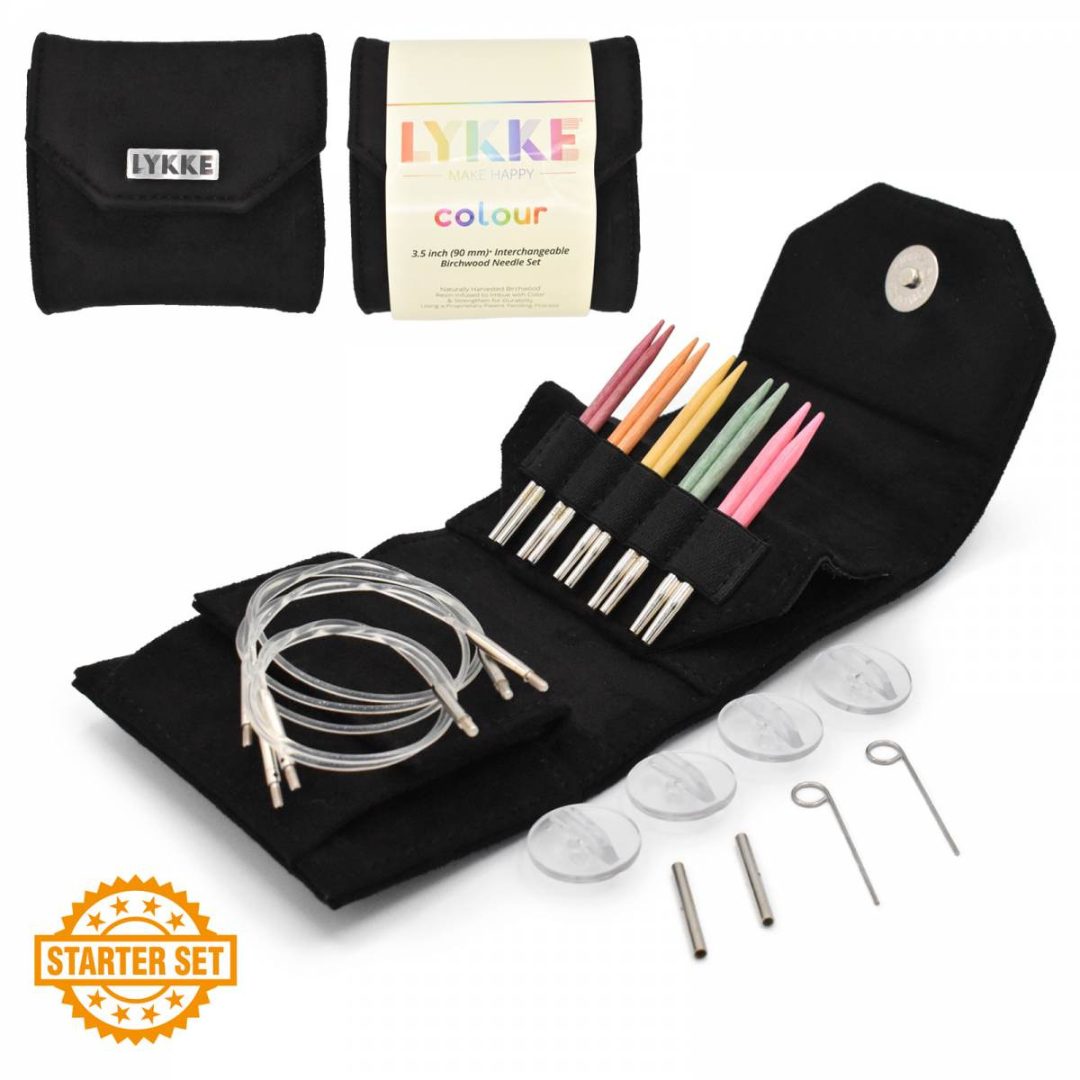
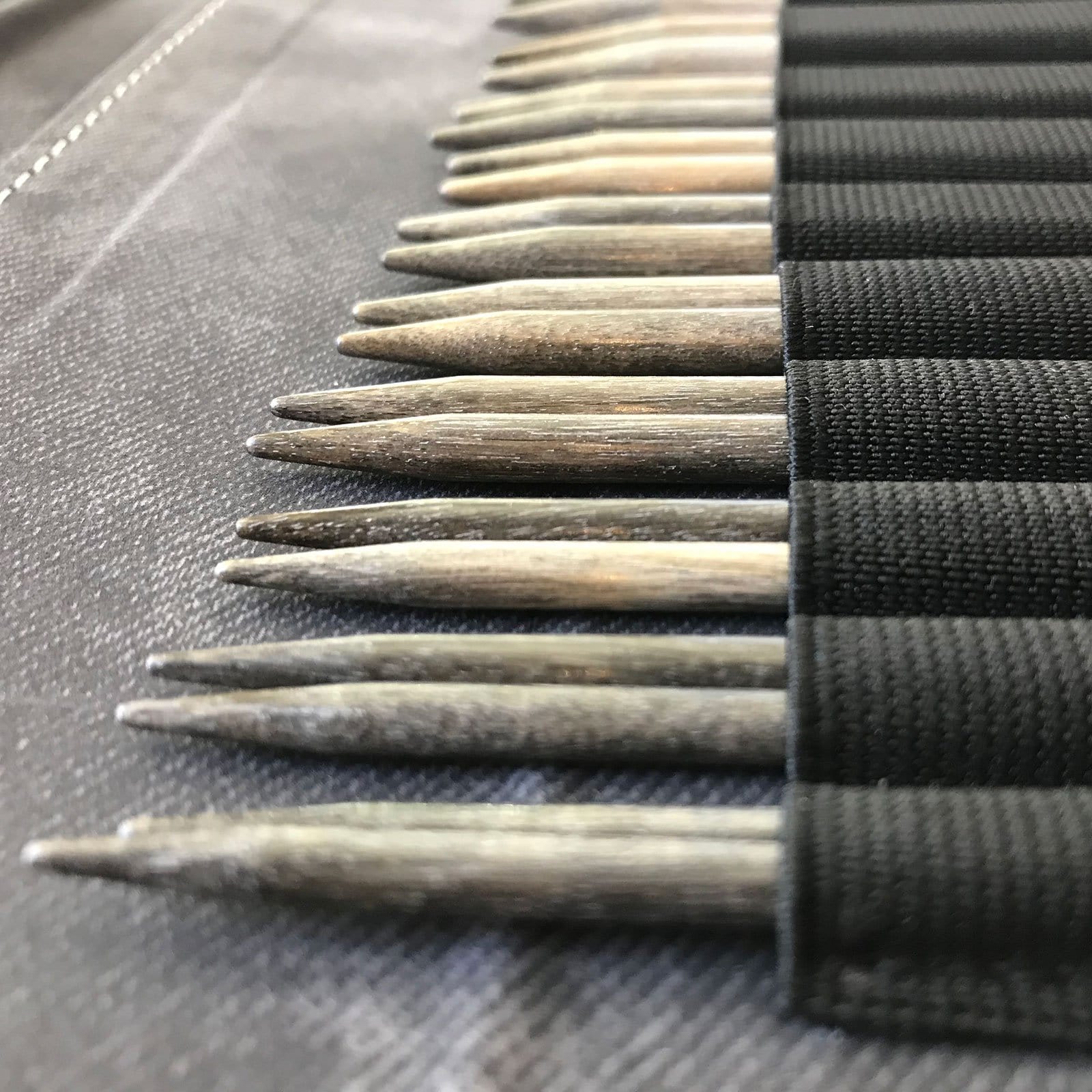
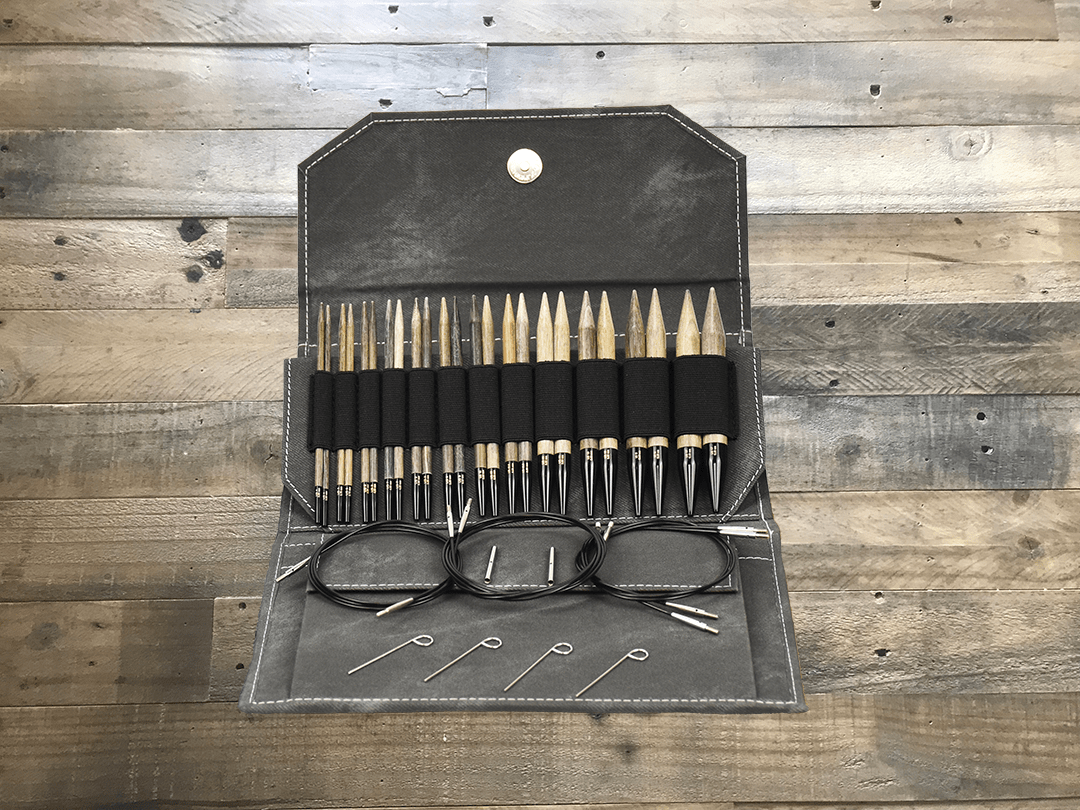
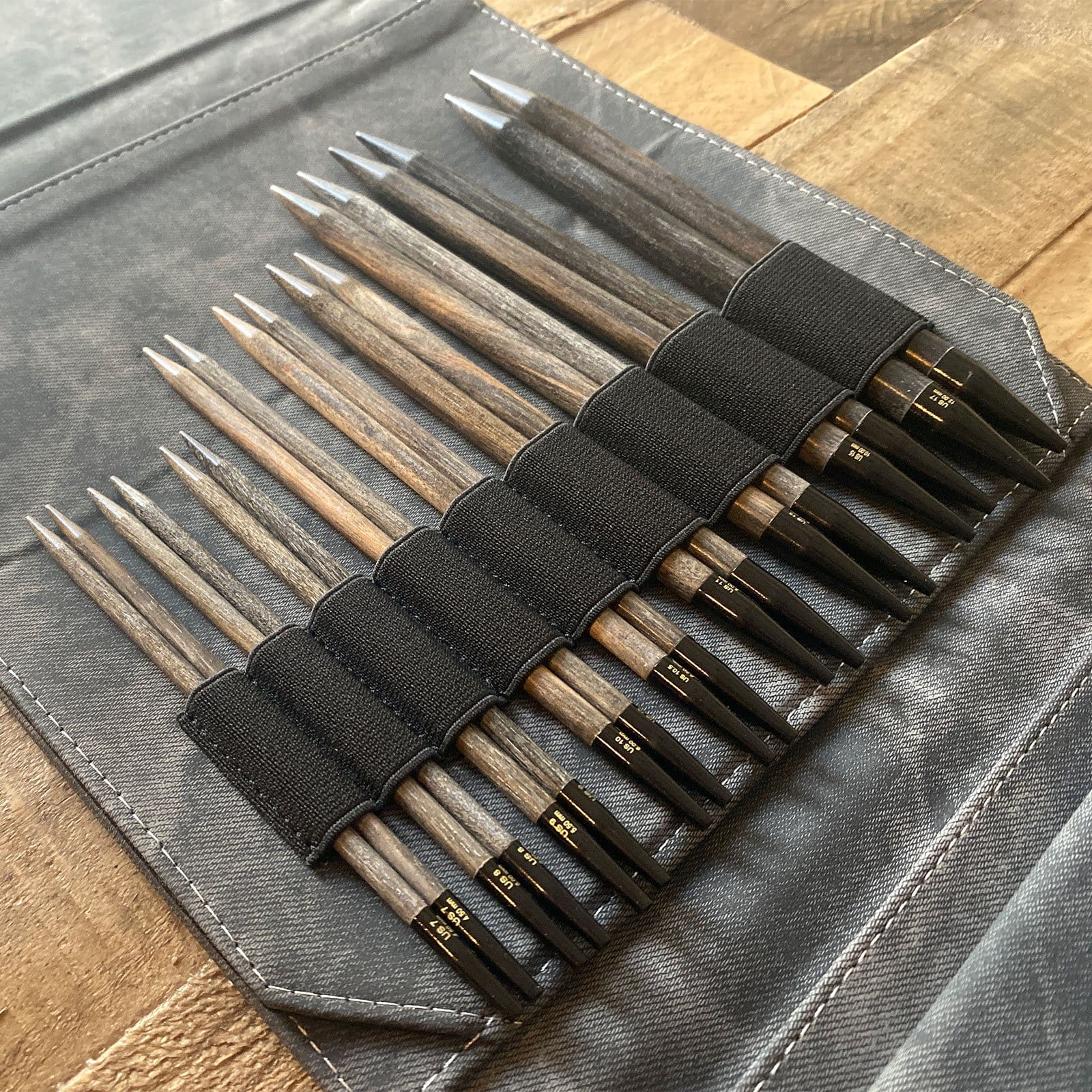
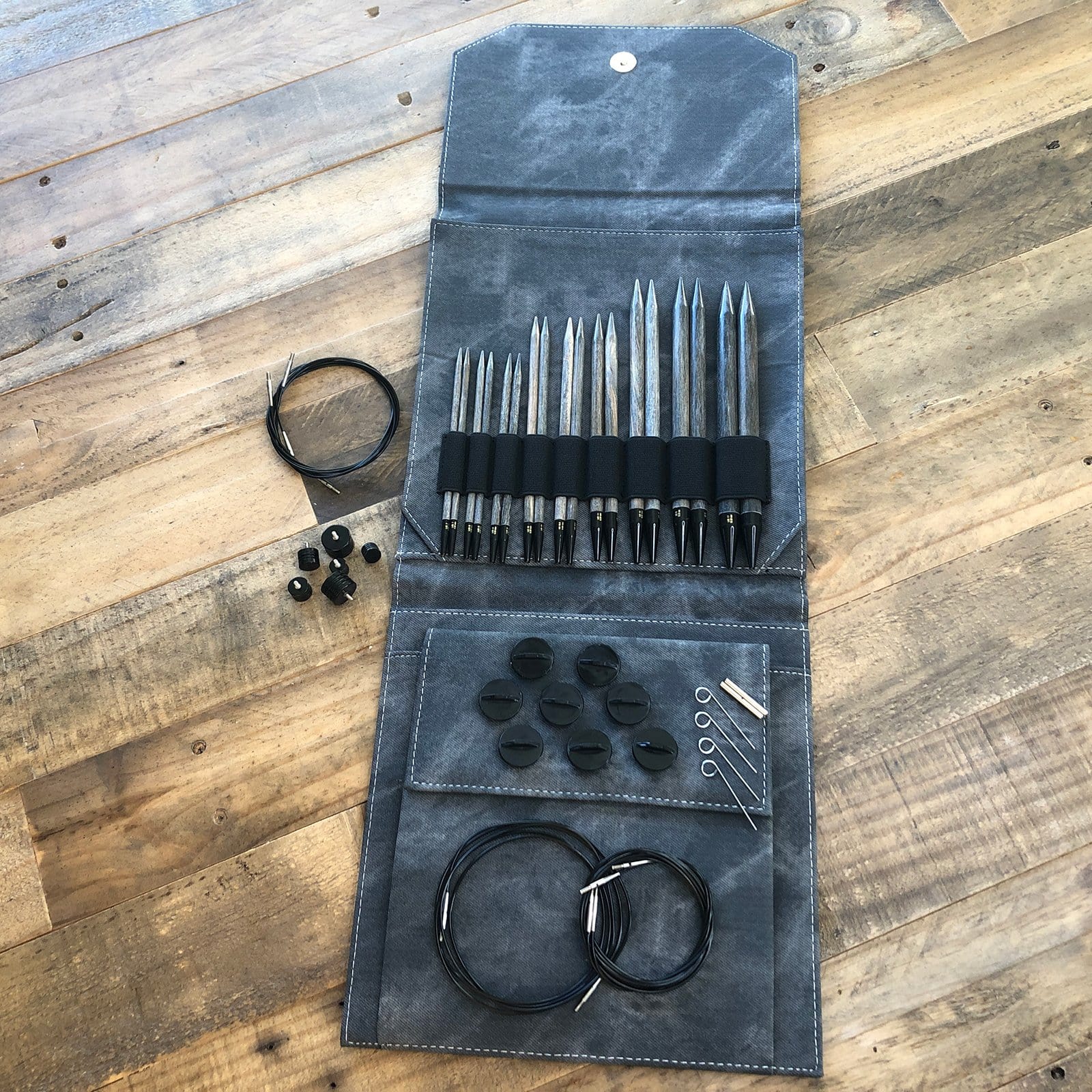
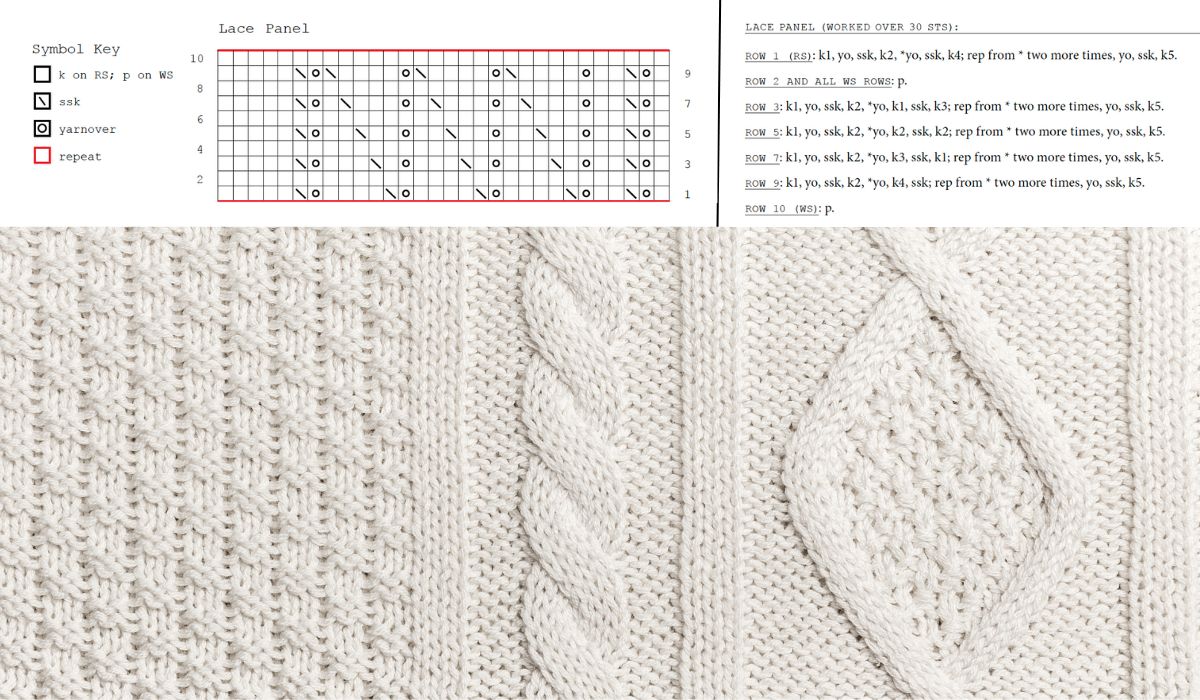
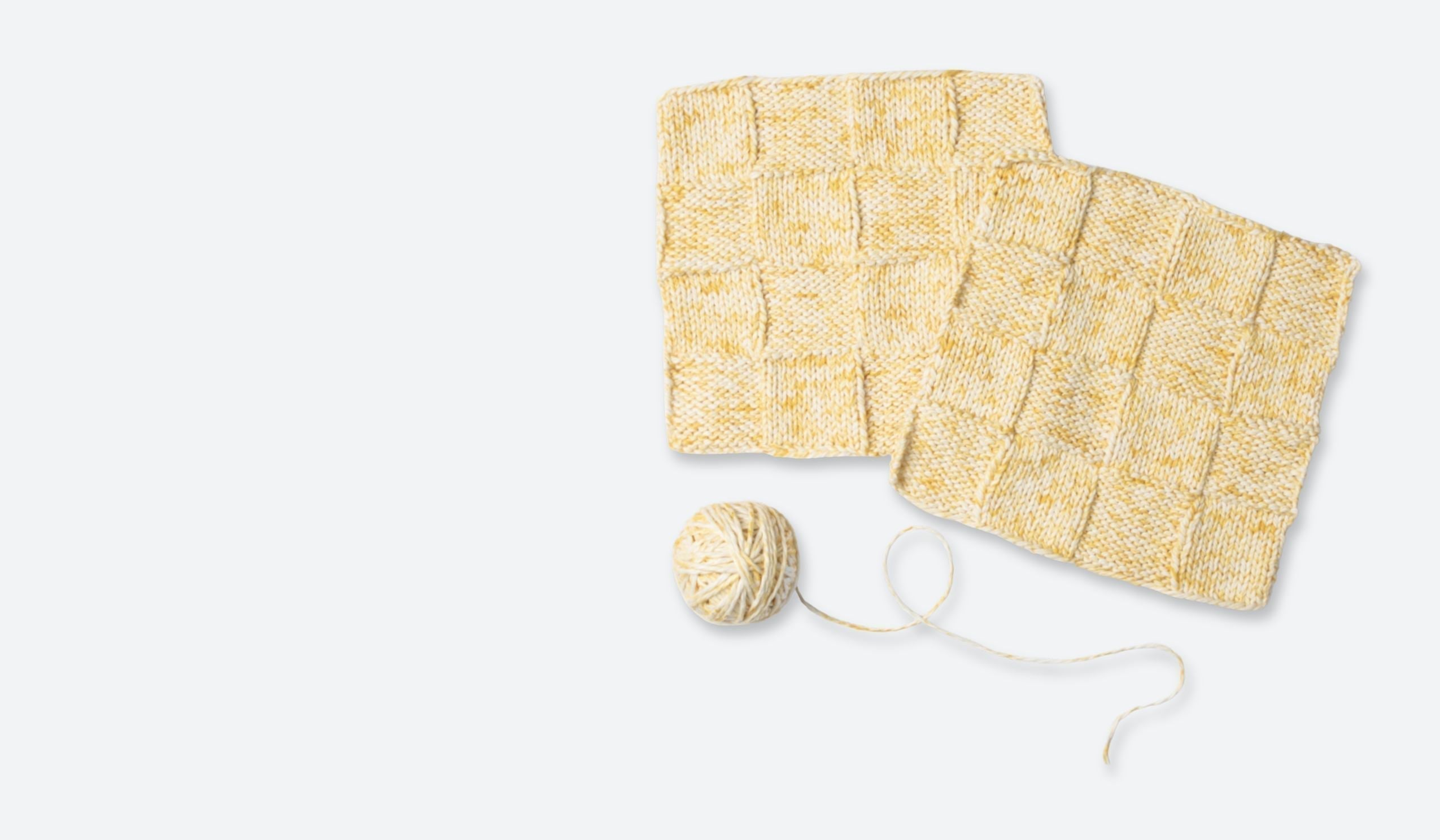
1 comment
Can a knitting pattern be used for crocheting?
Licette
Leave a comment
This site is protected by hCaptcha and the hCaptcha Privacy Policy and Terms of Service apply.